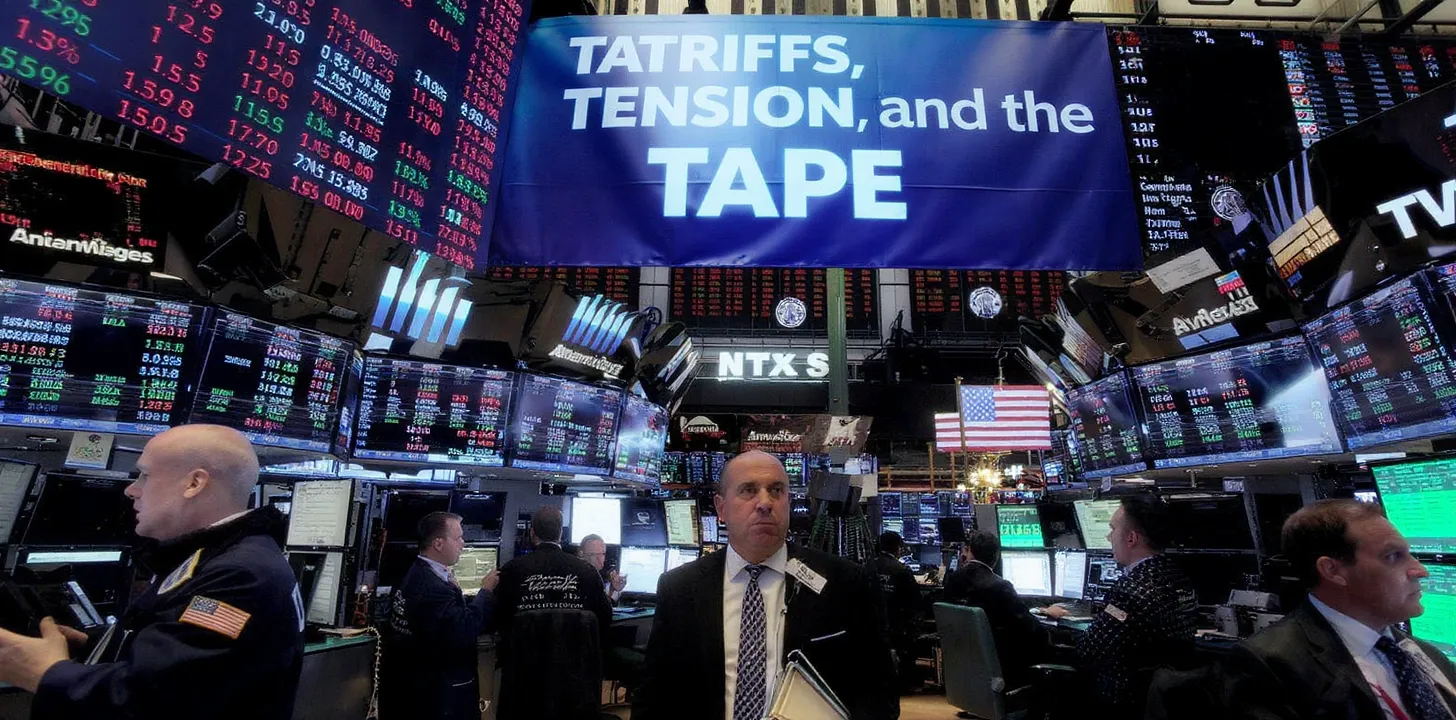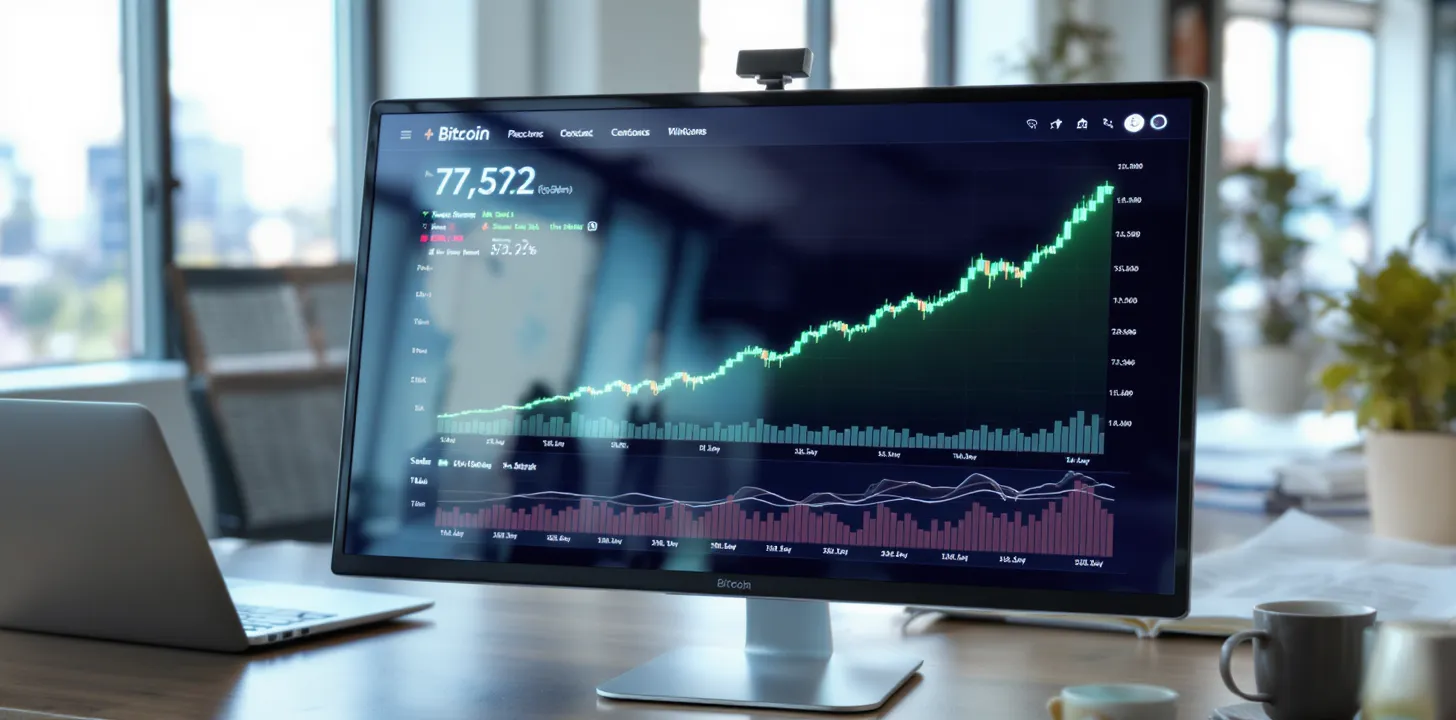Inflation Relief Meets Tariff Truce: How a Softer CPI and Rapid Tariff Roll-Back Are Redirecting Global Capital
1. A data-driven mood swing
Tuesday’s below-forecast April CPI (0.2 % m/m; 2.3 % y/y) instantly changed the market’s temperature, knocking the dollar index almost 0.8 % lower even as equities ripped higher and front-end Treasury yields briefly pierced their 200-day moving average before reversing.
2. The inflation narrative: disinflation with a tariff asterisk
Energy and food disinflation did most of the heavy lifting in April, but the price path ahead is clouded by politically driven tariffs. Economists estimate that if the administration reinstated anything close to the abandoned 145 % headline levy on Chinese goods, every 10 ppts of tariff would add roughly 0.1 ppt to core PCE over 12 months. For now, though, the White House has retreated – a critical bridge between a dovish CPI and markets’ sudden appetite for risk.
3. The tariff truce in detail
Washington cut its punitive “de-minimis” levy on low-value parcels from 120 % to 54 % and agreed a 90-day freeze that sees headline tariffs fall to 30 %; Beijing reciprocated with a cut to 10 % and reopened its skies to Boeing deliveries. These moves remove the most deflationary price spikes from models and buy time for negotiators—but they also underscore how policy remains one tweet away from reversal.
4. Curve-steepening pain and the trapped dollar short
After the CPI print the 2s-10s curve jerked steeper to +46 bp, exposing crowded EUR-USD shorts; two-year break-evens pushed to new trend lows, flashing a warning that the disinflation story may already be in consensus. If Thursday’s retail-sales and PPI data echo CPI softness, the street’s terminal-rate view (now ~3.95 % for December) will look high, intensifying dollar pressure.
5. Cross-asset rotation: tech, copper and crude
Easier inflation plus fewer tariff frictions triggered a classic “risk-on” rotation. Nvidia’s 5.6 % surge single-handedly added 20 points to the S&P 500, while copper rallied 2.1 % on hopes that China’s export supply chain can normalise. Oil gained almost 3 % as the Saudi-US $600 bn investment pact brightened demand expectations.
6. FX playbook: euro squeeze, yen divergence, AUD beta
The euro jumped almost 0.9 % as German ZEW sentiment leapt to +25.2, its first positive reading this year, and ECB speakers signalled rate-cut optionality despite tariff headwinds. Meanwhile USD/JPY dipped under its Ichimoku cloud even as yen crosses stayed bid—classic evidence of carry hunters funding in JPY while the vol surface compresses. High-beta AUD/JPY posted a two-month high after AU wages printed 0.9 % q/q.
7. Where the risks cluster
- Binary tariff risk: the 90-day window merely parks the dispute; a breakdown would re-ignite inflation expectations and flatten the curve.
- Positioning risk: the BofA FMS shows the biggest dollar underweight in 19 years, raising squeeze potential.
- Policy-error risk: with the Fed signalling patience, strong retail-sales or capex numbers could produce another hawkish repricing.
8. Big picture
For now, the macro hand-off—slower inflation, easier trade, patient Fed—supports a benign summer melt-up across risk assets. Yet the very drivers of relief are political, not fundamental. Traders should fade extremes, keep tail-hedges alive, and watch every CPI revision and tariff headline as if it were payrolls.



